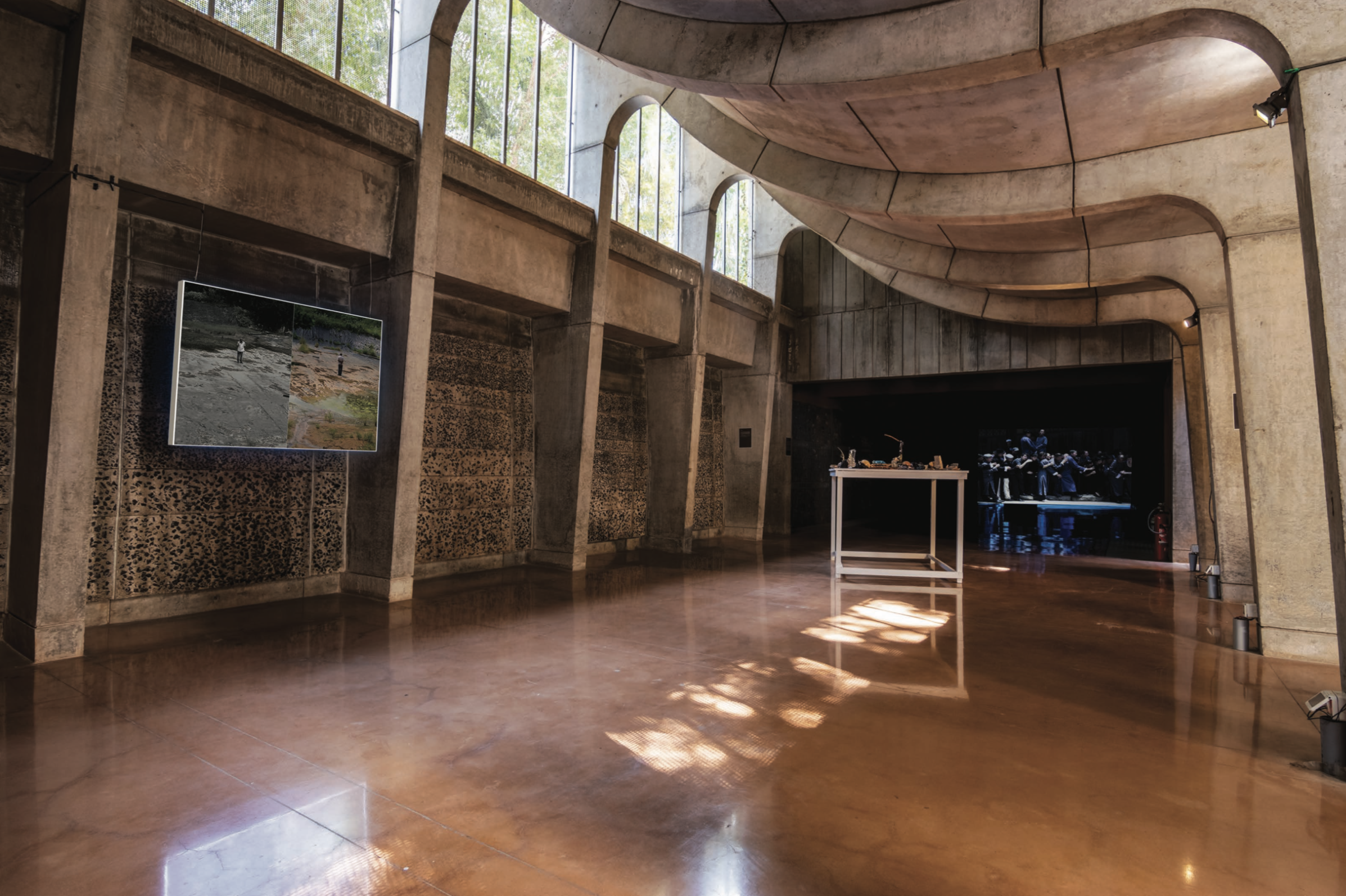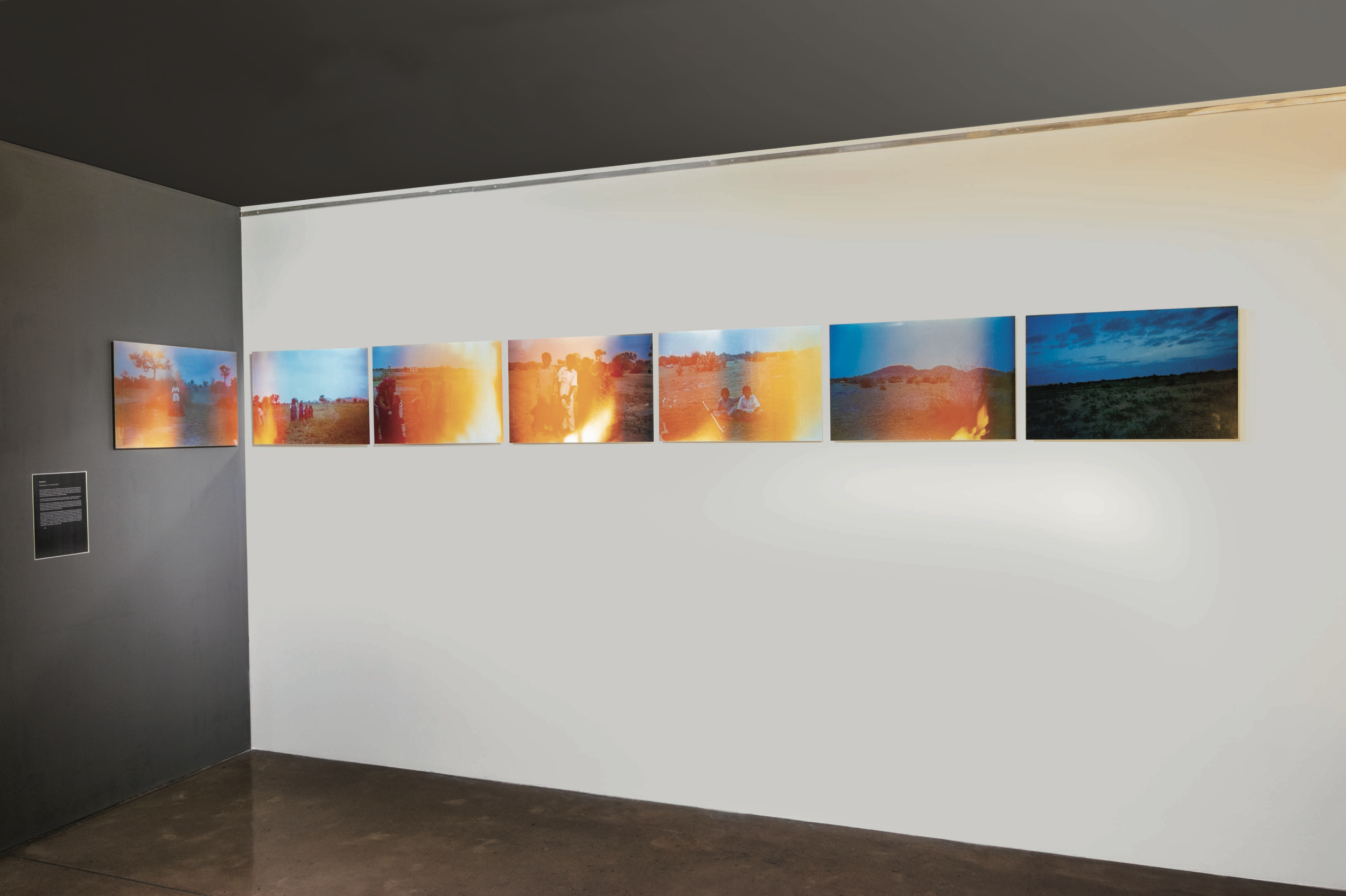Curated by Gitanjali Dang, Khanabadosh
January 29 till May 15 2021
Artist
Vidha Saumya, Varun Desai, Udita Bhargava, Teja Gavankar, Sanjiv Shah, Rohit Gupta, Rehaan Engineer, Ratna Gupta, Ranjit Kandalgaonkar, Raqs Media Collective, Priyanka D'Souza, Prajakta Potnis, Piyush Thakkar, Niyati Upadhya, Nathalal Gohil, Nasreen Mohamedi, Madhu Ramnath, Kush Badhwar, Justin Ponmany, Janaki Lenin, Himali Singh Soin with David Soin Tappeser, Gulammohammed Sheikh, Gauri Gill, Ajay Sarvaiya, Abhishek Hazra
About
One scorching summer noon in 1970, Gulammohammed Sheikh, Nasreen Mohamedi and their cameras visited Fatehpur Sikri. The artist friends were exploring and photographing the site, when Gulam in a gesture of play/camaraderie/solidarity/curiosity took it upon himself to see what Nasreen was seeing through her lens, and literally positioned his lens such that he could access her perspective.
Nasreen’s image of the Anoop Talao at Fatehpur went on to become one of her most reproduced and readily recognised, while Gulam did not develop his negatives for the longest. Years later, when Gulam finally did develop, he realised what had happened: Two near-identical images.
***
The above-stated events did not transpire. Not as such, anyway.
***
What did transpire then?
One scorching summer noon in 1970, Gulammohammed Sheikh, Nasreen Mohamedi and their cameras visited Fatehpur Sikri. The artist friends were exploring and photographing the site, and just happened to make photographs that echoed each other.
***
In 2017, a fleeting encounter with the two photographs in question resulted in the opening confabulation. In the summer of 2019, a phone call to Gulam set the story correct.
In the interim two years, the story accrued an aura, if you will, that enveloped the photos and rendered them near-identical, which they certainly are not. There’s a family resemblance, sure. But how could there not be? We are after all talking about the Fatehpur Sikri, one of the most photographed sites on the subcontinent.
This exhibition builds on the story as remembered, almost five decades removed from that day at Fatehpur, by Gulam and the confabulation as conjured, by this unreliable curator.
How do we read this anecdote about the artist friends, in the light of the confabulation? What does the anecdote tell us and what does the confabulation leave unsaid?
***
While we deliberated these and other questions, a planet already wobbling on its axis got shook in a way unanticipated. Or was it that unanticipated after all?
This exhibition was to have opened in July 2020 but then it didn’t. What does it mean to imagine at a time when the imagination is overcome, overwhelmed?
Our capacity to learn, comprehend and remember comes from an ancient virus. Arc, a protein found in the human (mammalian) brain that is critical to the process of acquiring knowledge, mimics a virus in appearance and in how it transports its genetic material from cell to cell. But that’s not all.
Some 350-400 million years ago, Arc—short for (hold your breath) activity-regulated cytoskeleton—originated from an evolutionary event, when a retrovirus injected its genetic material into a land-based mammal.
What then can we learn from the evolution of the current virus?
Can we use this moment of the virus to turn tables on the virus, with the help of another virus?
Corona is a love poem by Paul Celan.
- GD










